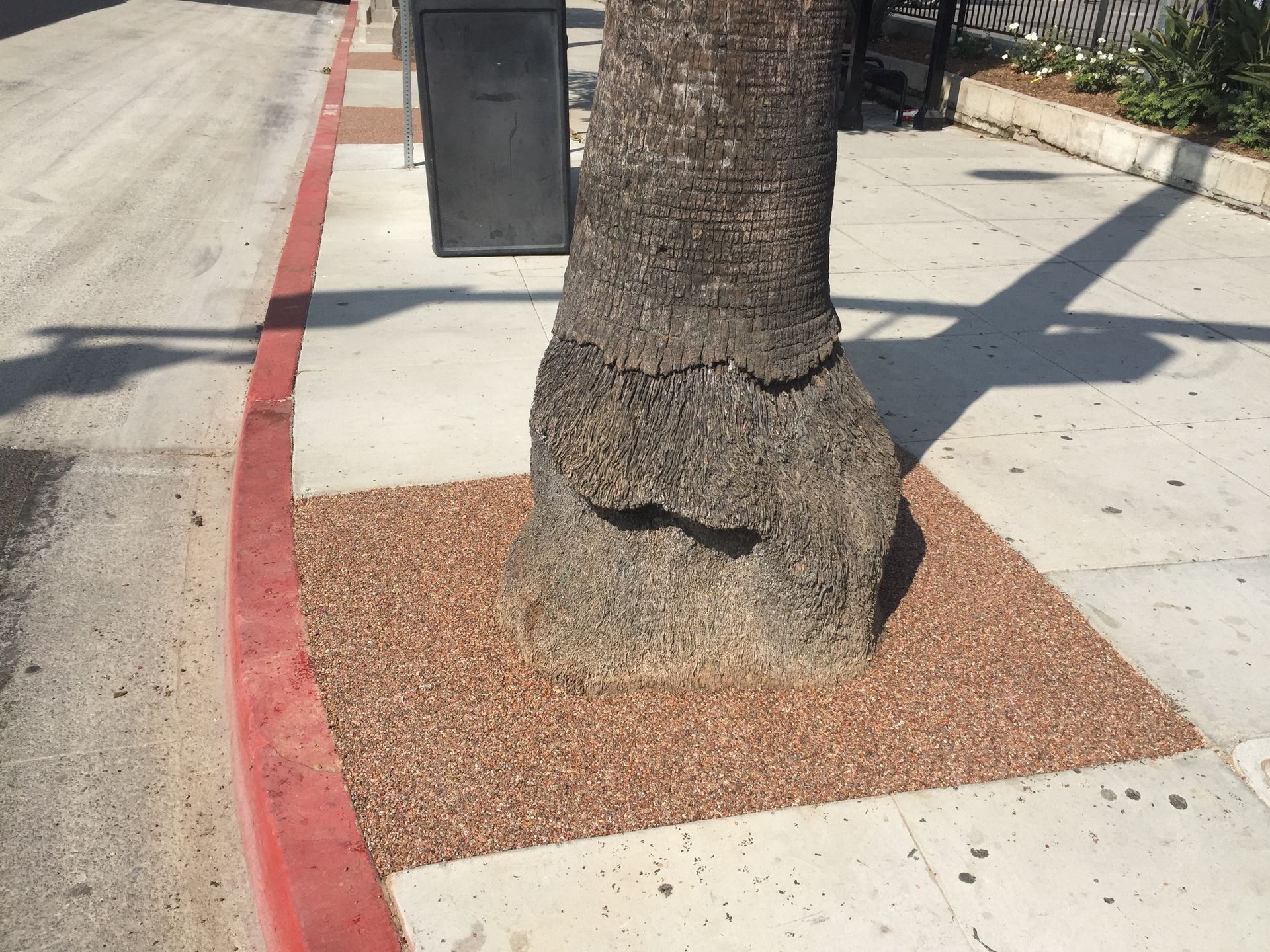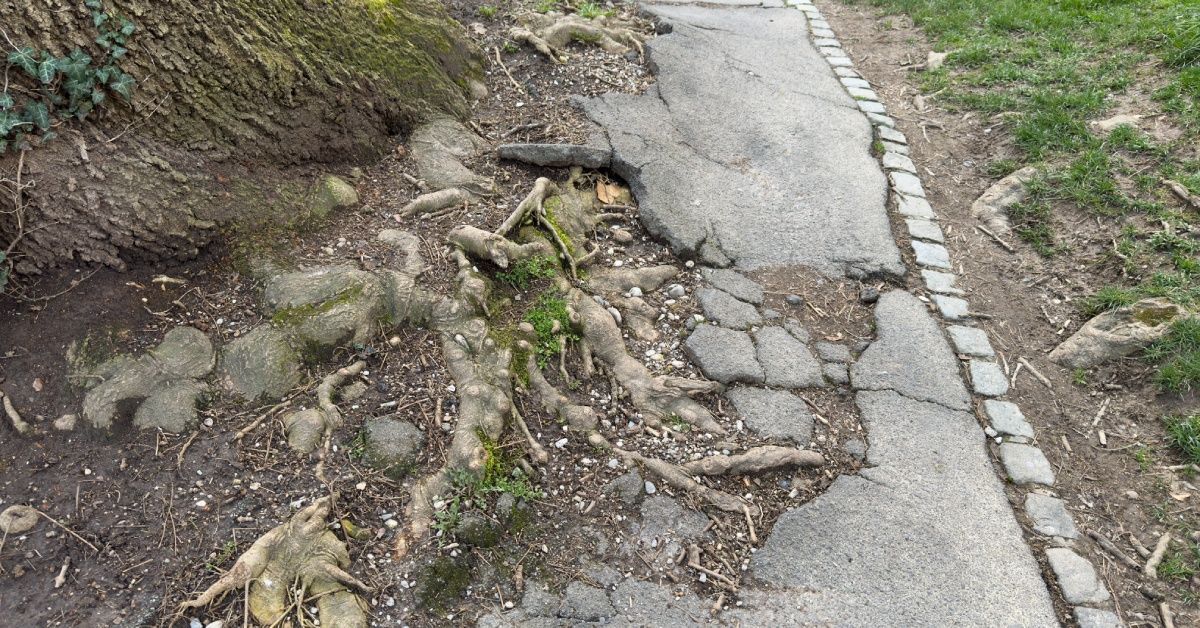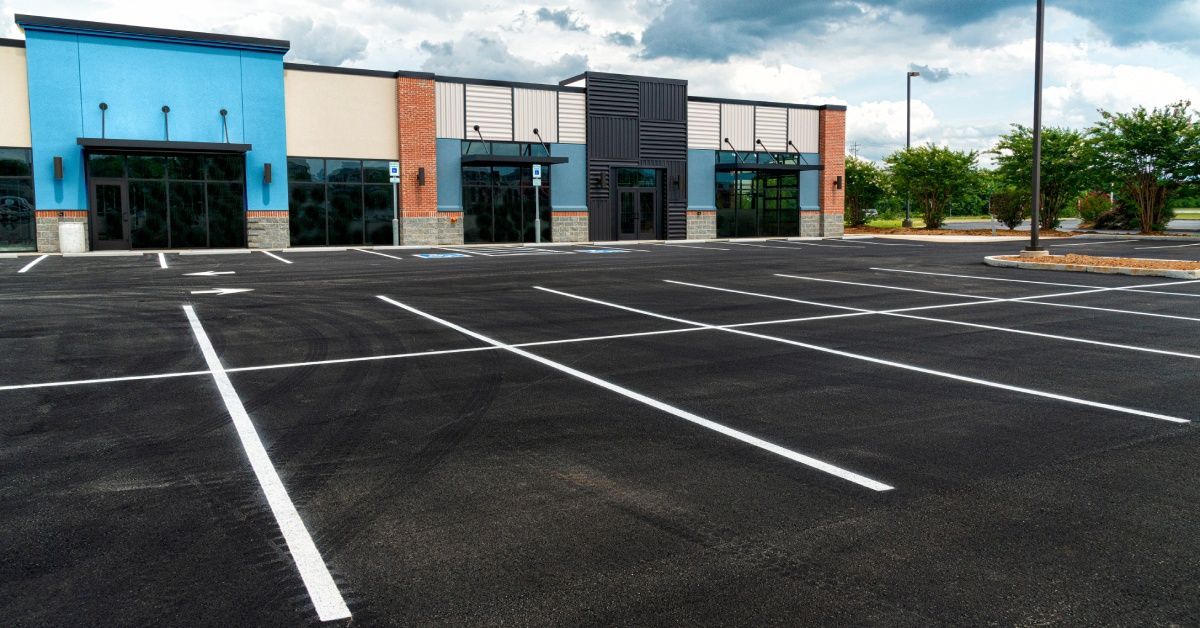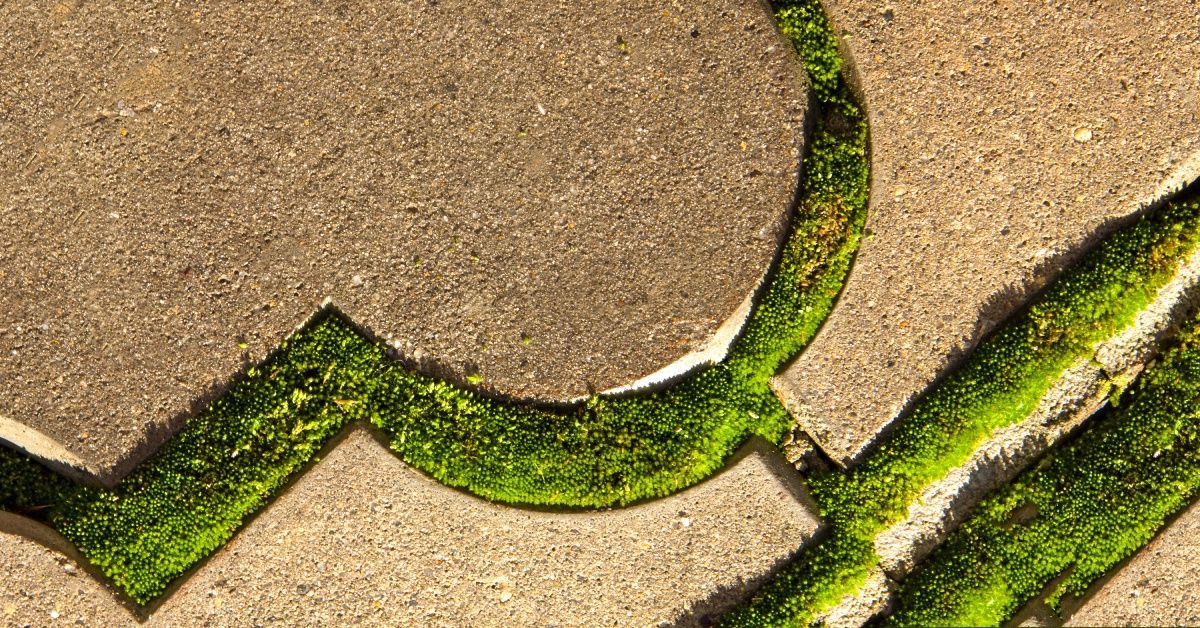How Do You Install Resin-Bound Surfacing?
When it comes to surfacing options for public paths and commercial flooring, resin-bound surfacing has been growing in popularity. It provides an aesthetically pleasing appearance and is durable, self-draining, and low maintenance. However, since this is a specialized type of pavement, installing resin-bound surfacing requires special considerations. Here, we’ll discuss how to install resin-bound surfacing and some important things to keep in mind during each step.
Preparing the Surface
The first phase of working with resin-bound surfacing is preparing the application area. The existing surface should be clean and free from any debris to ensure the mixture properly sets. Fortunately, all this takes is sweeping or the use of a high-pressure washer.
Once the surface is clean, you need to make it level by repairing any potholes or cracks. Also, make sure that the ground temperature is on the warmer side (above 50 degrees Fahrenheit) and that you install the pavement on a dryer day to avoid curing issues.
Mixing the Resin-Bound Gravel
The next step is to mix the resin-bound gravel. The mixture must be the correct consistency, and you must use the correct amount of hardener. Follow your supplier’s instructions regarding how much resin to use with a certain amount of aggregate. Typically, installation teams use a forced-action mixer to achieve the perfect blend.
Laying the Resin-Bound Gravel
Once the mixture is ready, it’s time to lay it onto the prepared surface of your worksite. Spread the mixture evenly, keeping your project’s required depth in mind. Remember to lay the resin-bound gravel swiftly before the mixture begins to cure.
Smoothing and Finishing
Another crucial step for installing resin-bound surfacing is the careful smoothing and finishing of the material. After laying the mixture, you’ll need to smooth it out and remove any excess. Troweling or using a roller can help with this. Next, leave the surface to cure for approximately 24 hours.
Sealing the Surface
The final step involves sealing your resin-bound paving. This will help to protect it from UV damage and increase its lifespan. Some mixtures, like Rockpave’s specialized resin, already block harmful UV rays. This allows our materials to maintain their color for much longer. Still, a sealant never hurts.
Installing resin-bound surfacing requires skill and precision. However, following the above steps can help you achieve a professional-looking surface that will last for years. And remember to select the right materials for the job. Rockpave sells premium permeable resin-bound surfacing in various colors to suit any potential application. Our formulas are durable and long lasting, allowing you to make the most of your efforts with very minimal upkeep. Contact us today to learn more!











